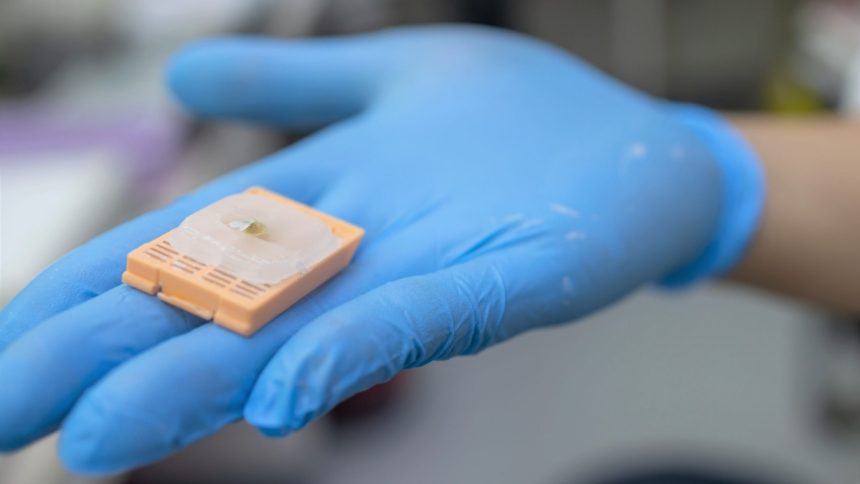As the field of medical research expands, the importance of preserving human tissue samples is becoming essential. These samples are priceless resources for researchers, pharmaceutical developers, and scientists, as they help to develop treatments for various diseases and conditions. Human tissue samples are delicate and require careful preservation methods to maintain their integrity and usefulness.
In this blog post, we’ll discuss effective preservation methods for human tissue samples.
FFPE Preservation Method
FFPE is a commonly used tissue preservation method that involves immersing the sample in formalin and embedding it in paraffin wax. The method provides a stable and long-term preservation of the tissue samples and allows for histological and molecular studies. It’s a reliable method that has been used for over 100 years, making it the gold standard for preserving human tissue samples.
FFPE malignant, disease-state, and normal human tissue samples are accessible and provide a vast resource for various studies. They are vital in the identification and validation of biomarkers, gene expression analysis, and genome-wide association studies.
Alternative Preservation Methods
While FFPE is the gold standard for preserving human tissue samples, other methods can preserve tissue samples under specialized conditions. These methods include cryopreservation, fresh-frozen tissue, and chemical fixation.
Cryopreservation involves freezing tissue samples at ultra-low temperatures, which preserves the genetic material, RNA, and DNA. Fresh-frozen tissue is another alternative, where tissue samples are frozen immediately after collection and stored at ultra-low temperatures. Chemical fixation involves using chemicals to preserve tissue samples, allowing for molecular and histological analysis.
Challenges in Human Tissue Sample Preservation
Human tissue samples are complex and often challenging to preserve effectively. Tissue samples may degrade, leading to a loss of quality and quantity. Moreover, various factors such as the length of storage, sample processing, and temperature can affect the quality of the sample.
Another challenge is ensuring that the sample remains free of contamination. Human tissue can easily accumulate bacteria, fungi, or viruses, leading to cross-contamination or misidentification of the sample.
Use FFPE Preservation Methods for Best Results
Preserving human tissue samples is critical for scientific and medical research, and FFPE is the gold standard for preserving these tissues for long-term use. However, other methods also exist, and researchers need to choose the best preservation method based on their research requirements. By understanding the challenges and techniques available, researchers, pharmaceutical developers, and scientists can preserve their human tissue samples to maintain the integrity and usefulness of their data.
Lynn Martelli is an editor at Readability. She received her MFA in Creative Writing from Antioch University and has worked as an editor for over 10 years. Lynn has edited a wide variety of books, including fiction, non-fiction, memoirs, and more. In her free time, Lynn enjoys reading, writing, and spending time with her family and friends.















